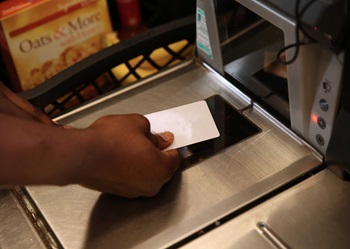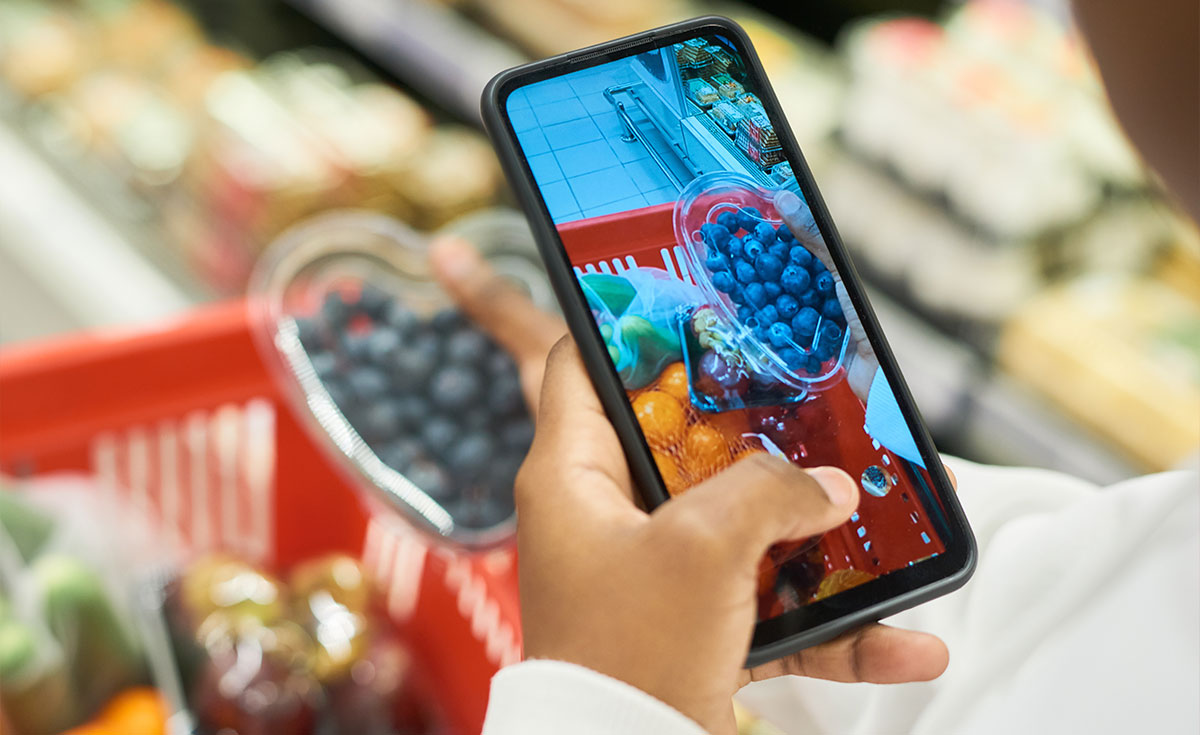By Sue Wilkinson, Senior Director, Information Service & Research, Food Marketing Institute

My first loyalty card was obtained in the late 1980s from a food retailer that displayed member and nonmember prices on products throughout the store. If you had a card, you got the better price. At the time, there was no indication of any other benefit to me than a price discount, and the tradeoff was the retailer now had my personal information— a benefit to the company, from my point of view. Privacy concerns were a stumbling block for some of these early programs, and food retailers had to convince shoppers that their personal information was safe.
Thirty years later shoppers are still sharing data with their grocery store, privacy is still a concern, and there is a limit to the willingness of shoppers to share personal information for specific benefits. According to the 2019 U.S. Grocery Shopper Trends report, 45% of shoppers say they “definitely” or “probably” would provide their store with personal information for a better shopping experience. Shoppers are most willing to trade personal information for benefits most closely tied to the basic tasks of shopping, including:
- Discounts (64%).
- Faster trips (57%).
- Product selection that reflects their needs (53%).
Willingness to trust retailers with their personal information trails off as benefits become more specific and specialized. For example, at the bottom of the list we see:
- Trading personal information for ideas on meeting my family’s health and well-being needs (37%).
- Customized food and beverages to meet my needs (36%).
- Personalized service experience—help me shop (36%).
So, what is a food retailer to do to earn trust and create a personalized shopping experience for the shopper? Trends research suggests shoppers would like grocery stores to offer benefits with the widest appeal in a more efficient and personalized way. The most immediate route to success for retailers is to innovate and improve within their traditional channel strengths. Introducing elements that cater to those more specialized benefits require grocers demonstrate greater expertise and creditability.
Each week as I swipe my loyalty card, I think about the gas points I’ll accrue and the money I will save. I think I’m ready to try out some of those more specialized benefits, like targeted coupons (the ones I get are for products I’ll never buy), recommendations for new products I’d like based on my shopping habits, and ideas for customized meal plans. Bring it on!


 Industry Topics address your specific area of expertise with resources, reports, events and more.
Industry Topics address your specific area of expertise with resources, reports, events and more.
 Our Research covers consumer behavior and retail operation benchmarks so you can make informed business decisions.
Our Research covers consumer behavior and retail operation benchmarks so you can make informed business decisions.
 Events and Education including online and in-person help you advance your food retail career.
Events and Education including online and in-person help you advance your food retail career.
 Food Safety training, resources and guidance that help you create a company food safety culture.
Food Safety training, resources and guidance that help you create a company food safety culture.
 Government Affairs work — federal and state — on the latest food industry policy, regulatory and legislative issues.
Government Affairs work — federal and state — on the latest food industry policy, regulatory and legislative issues.
 Get Involved. From industry awards to newsletters and committees, these resources help you take advantage of your membership.
Get Involved. From industry awards to newsletters and committees, these resources help you take advantage of your membership.
 Best practices, guidance documents, infographics, signage and more for the food industry on the COVID-19 pandemic.
Best practices, guidance documents, infographics, signage and more for the food industry on the COVID-19 pandemic.
